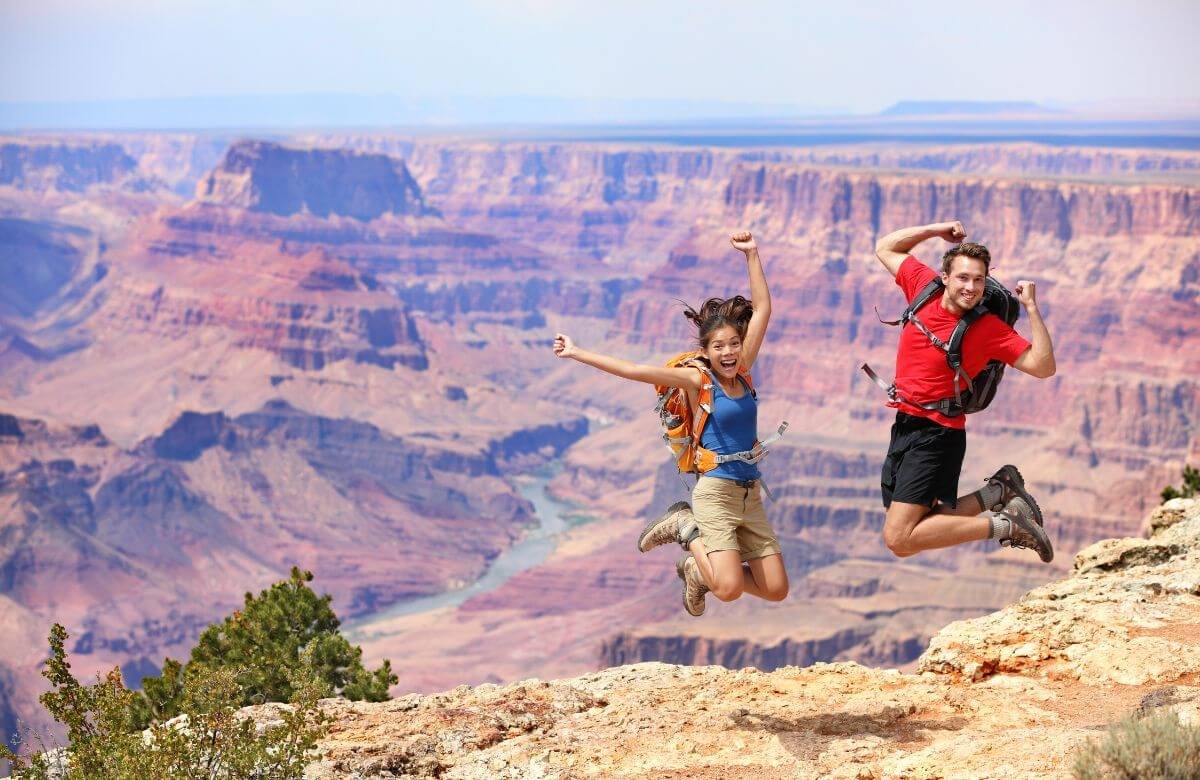Top Photography Spots in Grand Canyon: Capture Stunning Landscapes
Creating stunning landscape photography at the Grand Canyon requires understanding the location's unique features and the best techniques for capturing its beauty at various times of day. This blog will explore the best photography locations within the Grand Canyon, offering practical tips for content creators, photographers, and videographers looking to make the most of their experience.
The Grand Canyon is not just a national park; it is a canvas painted by nature, offering photographers an array of breathtaking views, vibrant colors, and unique geological formations. With its vastness and ever-changing light conditions, the canyon presents both opportunities and challenges for photographers. Whether you’re a seasoned professional or an enthusiastic amateur, understanding where to shoot and when can significantly enhance your photography experience.
Why Timing Matters
The time of day profoundly affects the quality of light and colors in landscape photography. Early morning and late afternoon—often referred to as the “golden hours”—provide soft, diffused light that enhances textures and colors. Conversely, midday sun can create harsh shadows and overexposed highlights. Understanding these dynamics is key to capturing the Grand Canyon’s majestic beauty.
Best Photography Locations in the Grand Canyon
1. Hopi Point
Aesthetic Appeal: Known for its expansive vistas, Hopi Point offers unobstructed views of the canyon, making it a prime location for both sunrise and sunset photography. The interplay of light during these times creates a magical atmosphere.
Accessibility: Easily accessible via Hermit Road, Hopi Point is a popular spot that can get crowded during peak times.
Challenges: Arrive early to secure a good spot as it tends to fill up quickly during sunset. For a quieter experience, consider walking a short distance east along the rim.
2. Mather Point
Aesthetic Appeal: Mather Point is one of the most iconic viewpoints in the Grand Canyon. The dramatic drop-off provides sweeping views that are especially stunning at sunrise when the first light illuminates the canyon walls.
Accessibility: Located near the visitor center, Mather Point is easily accessible for all visitors.
Challenges: Due to its popularity, it can be crowded. Arriving early is essential to avoid distractions in your shots.
3. Yavapai Point
Aesthetic Appeal: This viewpoint offers excellent opportunities for both sunrise and sunset photography with separate viewing areas facing east and west. The rich colors of the rock formations are particularly striking during these times.
Accessibility: A short walk from Mather Point makes it easily reachable.
Challenges: Parking can be limited during peak hours, so plan accordingly.
4. Desert View Watchtower
Aesthetic Appeal: The 70-foot stone watchtower provides panoramic views of the canyon and surrounding landscapes. Climbing to the top allows for unique compositions that include both natural and man-made elements.
Accessibility: Located at Desert View along East Rim Drive, it’s accessible by car but involves some walking to reach the tower.
Challenges: The climb can be steep, so ensure you have appropriate footwear and be cautious if shooting at dawn or dusk due to low visibility.
5. Grandview Point
Aesthetic Appeal: This quieter location between the South and East Rims offers sweeping views ideal for sunrise photography. The foreground elements here can add depth to your images.
Accessibility: A short drive from Mather Point with minimal walking required.
Challenges: Limited amenities mean you should bring water and snacks if you plan to stay for an extended period.
6. Point Imperial (North Rim)
Aesthetic Appeal: As one of the highest points in the park, Point Imperial offers breathtaking views that are particularly stunning at sunrise and during fall when foliage colors change.
Accessibility: Accessible by car but requires a longer drive from other popular locations on the South Rim.
Challenges: The North Rim is less crowded but also has fewer services; ensure you are well-prepared before visiting.
7. Lipan Point
Aesthetic Appeal: Known for its wide perspectives of the canyon, Lipan Point is ideal for capturing expansive shots that include both canyon details and sweeping vistas.
Accessibility: Located along Desert View Drive with paved trails leading to viewing areas.
Challenges: Be cautious when setting up at night as there are no guardrails; however, it’s also an excellent spot for night sky photography due to minimal light pollution.
Techniques for Landscape Photography
Understanding Light Conditions
- Golden Hour: Shoot during the hour after sunrise or before sunset when light is softest.
- Blue Hour: Just before sunrise or after sunset offers deep blues perfect for dramatic landscapes.
- Midday Shooting: If you must shoot midday, look for shaded areas or use polarizing filters to reduce glare.
Composition Tips
- Foreground Interest: Incorporate elements like rocks or trees in your foreground to add depth.
- Leading Lines: Use trails or river paths to guide viewers’ eyes into your photo.
- Rule of Thirds: Position key elements along imaginary grid lines to create balanced compositions.
Equipment Essentials
- Tripod: Essential for stability during long exposures.
- Wide-Angle Lens: Great for capturing expansive landscapes.
- Filters: Polarizing filters can enhance colors and reduce reflections; ND filters help manage exposure during bright conditions.
Post-Shooting Considerations
- Review Your Shots Often: Check your compositions on-site to ensure you’re capturing what you envisioned.
- Experiment with Angles: Don’t hesitate to change your perspective—sometimes moving just a few feet can dramatically alter your shot.
Conclusion
The Grand Canyon offers an unparalleled opportunity for photographers looking to capture stunning landscapes throughout different times of day. By understanding each location’s unique characteristics and employing effective photography techniques, content creators can maximize their experience in this iconic national park. Whether it’s chasing golden hour light at Hopi Point or capturing star trails over Point Imperial, each moment spent photographing this natural wonder will lead to unforgettable images that tell a story of beauty and adventure in one of America’s most treasured landscapes.

